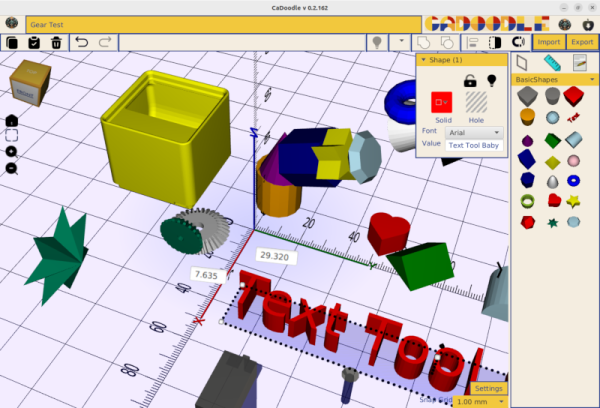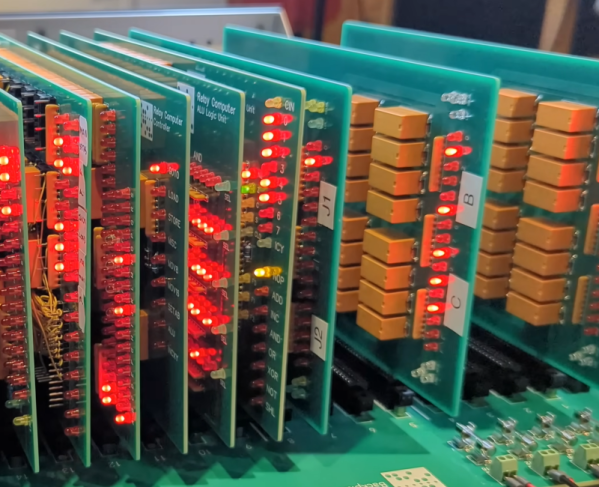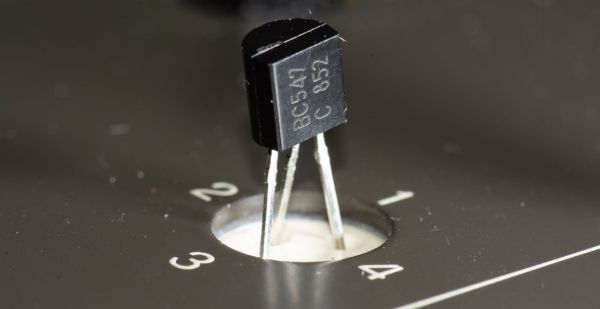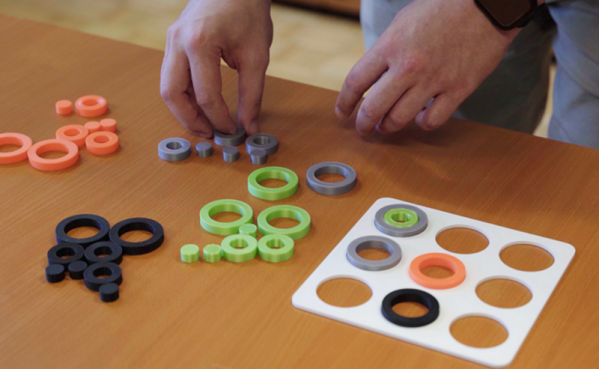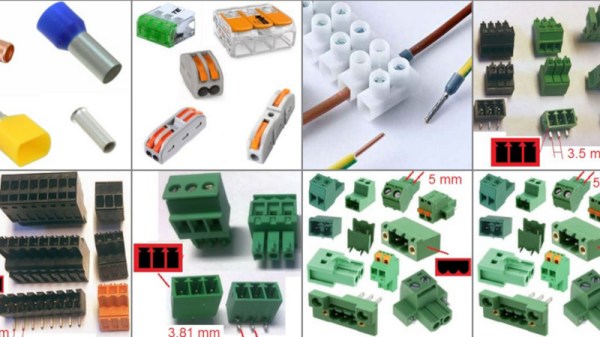While we use a lot of CAD tools, many of us are fans of Tinkercad — especially for working with kids or just doing something quick. But many people dislike having to work across the Internet with their work stored on someone’s servers. We get it. So does [CommonWealthRobotics], which offers CaDoodle. It is nearly a total clone of Tinkercad but runs on Windows, Linux, Mac, or even Chrome OS.
Is it exactly Tinkercad? No, but that’s not always a bad thing. For example, CaDoodle can work with Blender, FreeCAD, OpenSCAD, and more. However, on the business end, it sure looks like the core functions of Tinkercad.
The program appears fairly new, so you have to make some allowances. For example, the Linux AppImage seems to have difficulty loading plugins (which it needs to import many of its file formats). In addition, on at least some systems, you have to resize the window after it starts, or it won’t respond. But, overall, it is pretty impressive. The Settings, by the way, has a checkbox for advanced features, and there are some other goodies there, too.
One reason we found this interesting is that we sometimes go into schools, and they don’t want us to have kids on the Internet. Of course, they don’t like us installing random software either, so you can pick your battles.
Tinkercad, of course, continues to add features. Not all of which you’d expect in a drawing package.

